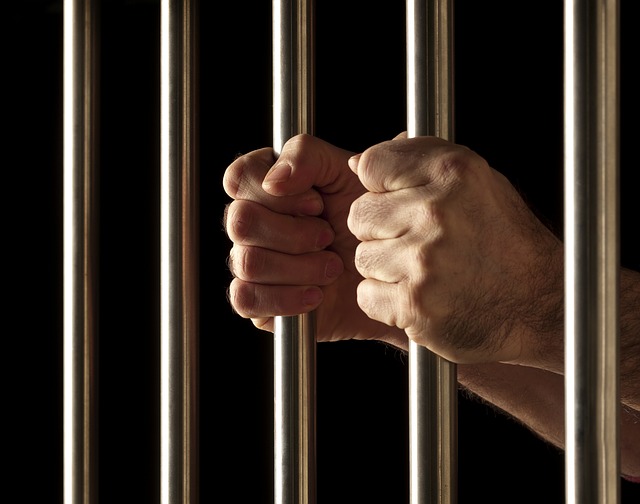One of the most difficult aspects of any premises liability case is proving the property owner, manager, or lessee knew or should have known of a dangerous condition that caused an accident. Proving that the property owner breached his or her duty of care that resulted in an injury can be complex, but it is possible with the assistance of an  experienced premises liability attorney.
experienced premises liability attorney.
Notice in a Premises Liability Case
Notice is an important element of any premises liability case as it transforms an accident into negligence. The burden is on the injured party and his or her attorney to prove notice, whether it is actual or constructive, that the owner or lessee of the property knew or should have known of a dangerous condition and should have fixed it before the accident occurred.
Actual notice is very straightforward and means that the property owner did know of the condition and this knowledge can be corroborated. Courts generally accept any evidence that can reasonably prove the owner’s knowledge of a hazard, such as prior complaints or the fact that the owner had approved work orders to repair a hazardous condition. Examples of actual notice include an employee spilling something in an aisle or the owner removing a fixture on the property and leaving debris or a hole. Unfortunately, actual notice can be hard to prove.
Constructive notice refers to what a reasonable person would or should have known about the condition of the property. Constructive notice is the typical route with premises liability cases as it can be proven through circumstantial evidence that shows the hazardous condition existed for so long that the property owner should have known of the condition or that the condition occurred often enough that it was foreseeable, such as a parking lot that always gets slippery with ice in the winter.
Because property owners have an obligation to frequently inspect the property open to customers, a property owner who fails to notice hazardous conditions after a reasonable amount of time is considered to have constructive notice of the condition. While it would not be reasonable for a property owner to notice a spill or other hazard within 10 minutes, it would be reasonable to assume the owner or an employee would notice the hazard within a few hours.
Proving Notice Can Be Challenging
Proving an owner had constructive notice of a dangerous condition can be challenging. In most cases, the injured party and his or her attorney must show some evidence about how long the dangerous condition existed. This may be obtained through security camera footage, but sometimes it’s necessary to depose employees to find out if they noticed the condition and how long it took before they responded to it.
Proving a premises liability case can be very difficult without evidence the property owner knew or should have known about a dangerous condition. Gathering this evidence is one of the most crucial components of winning your case and it typically requires the help of an experienced premises liability attorney. If you have been hurt in a slip and fall or premises liability case, an experienced injury attorney in Philadelphia can help you build your case. Contact Edelstein, Martin & Nelson today for a free consultation with a Philadelphia personal injury attorney to discuss your case.
The Difficulty of Proving Fault in a Premises Liability Case posted first on http://lawpallp.tumblr.com
No comments:
Post a Comment